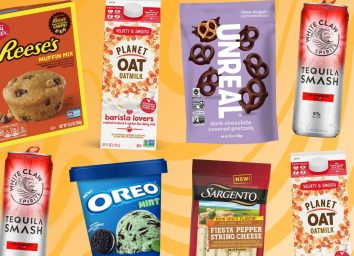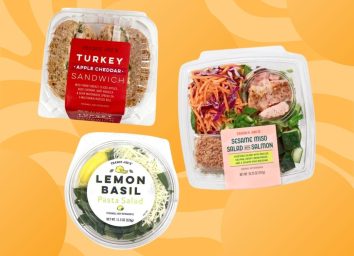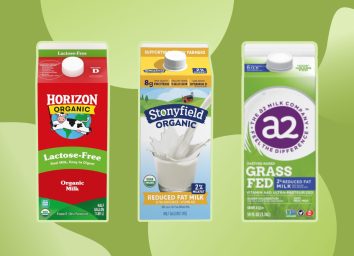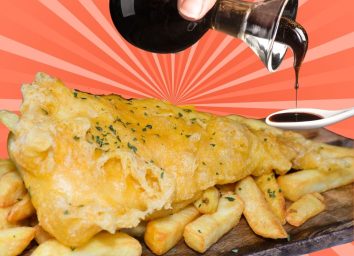What's Really in Your Lucky Charms Cereal

General Mills recently announced they're releasing a limited edition all-marshmallows version of Lucky Charms. In anticipation of that Fantastic Four-sized sugar bomb, we wanted to take another look at what's currently on shelves. They're not the Lucky Charms you grew up with. Starting in 2005, General Mills began slowly moving whole grains into all its cereals, and today you'll find whole-grain corn, rice, oats and wheat in cereals like Trix, Cocoa Puffs, Reese's Puffs and Count Chocula. Considering that 95% of Americans fall short on their whole-grain intake, we applaud General Mills's effort, but unfortunately the move is a lot like sticking a small bandage on a machete wound.
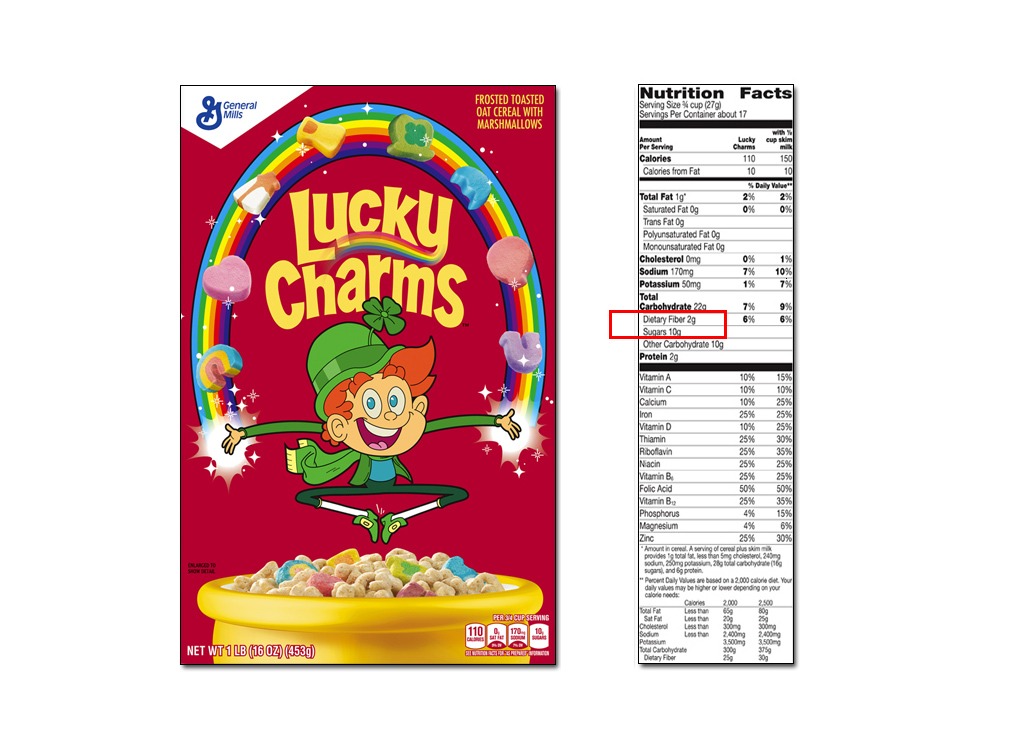
Consider this: With whole grains in the fold, Lucky Charms now contains 2 grams of fiber per serving, while other whole-grain General Mills cereals have only 1 gram. Post Shredded Wheat, by comparison, consists entirely of whole-grain wheat, and it packs 6 grams of fiber into each serving. But what Lucky Charms lacks in fiber it makes up for in sugar — 10 grams per ¾ cup. It's not unlikely that a child would eat twice that much for breakfast, bringing the overall sugar load to almost a twin-wrapped package of Peanut Butter Twix. Thanks for the improvement, General Mills, but you'll have to do better before we'll sign off.
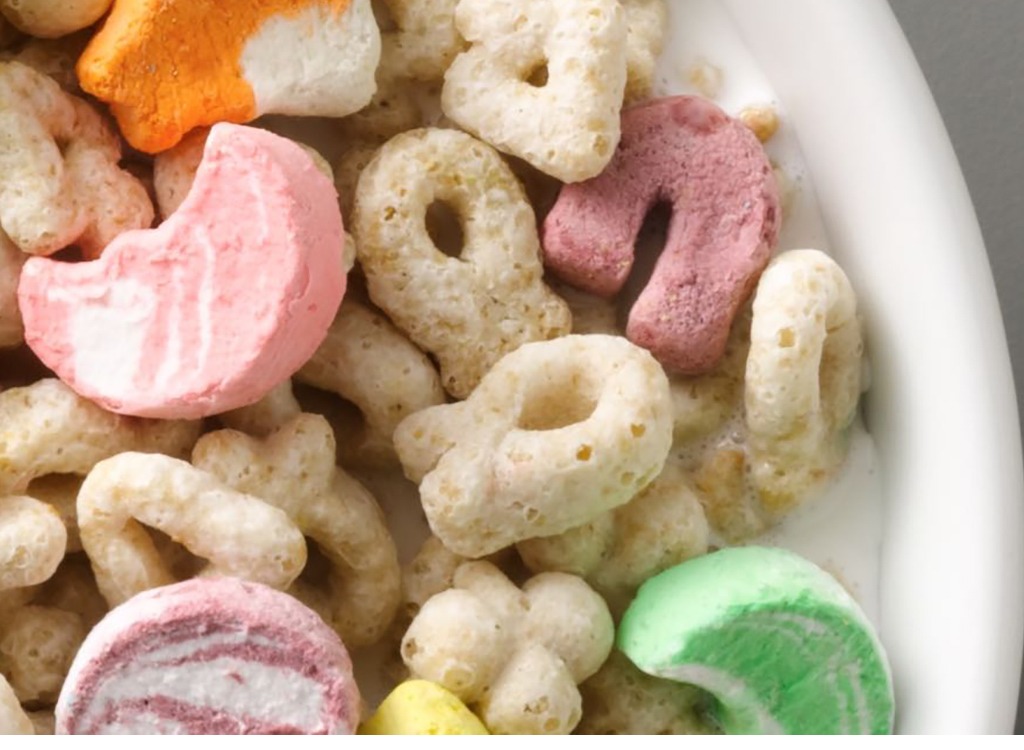
MARSHMALLOWS
In the cereal industry, brightly colored marshmallow pieces are called "marbits." We have another name for them: candy. Thanks to the sugar impact of these marshmallows, your child can fulfill the American Heart Association's added-sugar limit for the entire day by eating 1 cup of cereal. Starting the day like that sets a young eater up for a short-run sugar rush and a long-run propensity for calorically dense, sugar-loaded foods. And don't think you're exempt as an adult—America's sugar addiction extends beyond the generation gap. The average American eats up to 4 ½ times more than the recommended limit, adding up to a total sugar intake of 132 pounds annually for every man, woman and child.
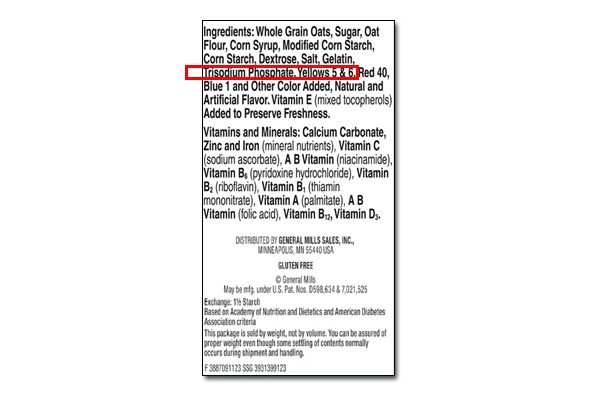
TRISODIUM PHOSPHATE
Trisodium phosphate has its share of critics, but most of them are in the plumbing community. Yes, the additive is a key ingredient in many toilet bowl cleaners, and it has taken heat for being corrosive to metal pipes. In foods, trisodium phosphate is used to balance acidity, and the moderate amounts in which it appears are unlikely to be dangerous. That said, there's something discomforting about the idea of filling your cereal bowl and toilet bowl with the same chemical. (It's safe to say this is one of the worst breakfast foods for weight loss.)
YELLOWS 5&6
The average American child consumes approximately 121 milligrams of artificial food dye every day. That's a serious problem. Take the two colors listed here. Studies have indicted Yellows 5 and 6 as potential causes of behavioral problems, learning problems, and hyperactivity in children. Add to that a roller coaster-style spike in blood sugar and it's no wonder 5.4 million US kids have been diagnosed with ADHD. Bottom line: A daily cereal like Lucky Charms doesn't guarantee academic failure, but it sure doesn't improve the odds of success.
For better suggestions (which don't include toilet bowl cleaner), check out our report on the Best Breakfast Cereals to Eat for Weight Loss.
